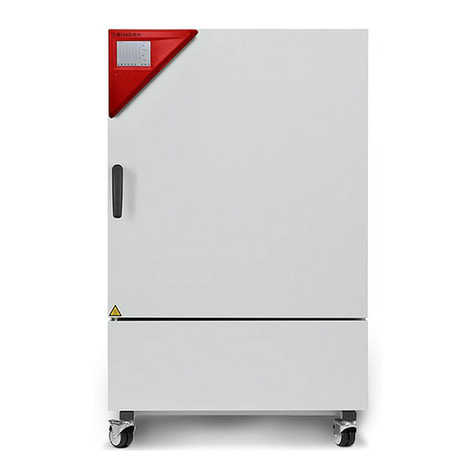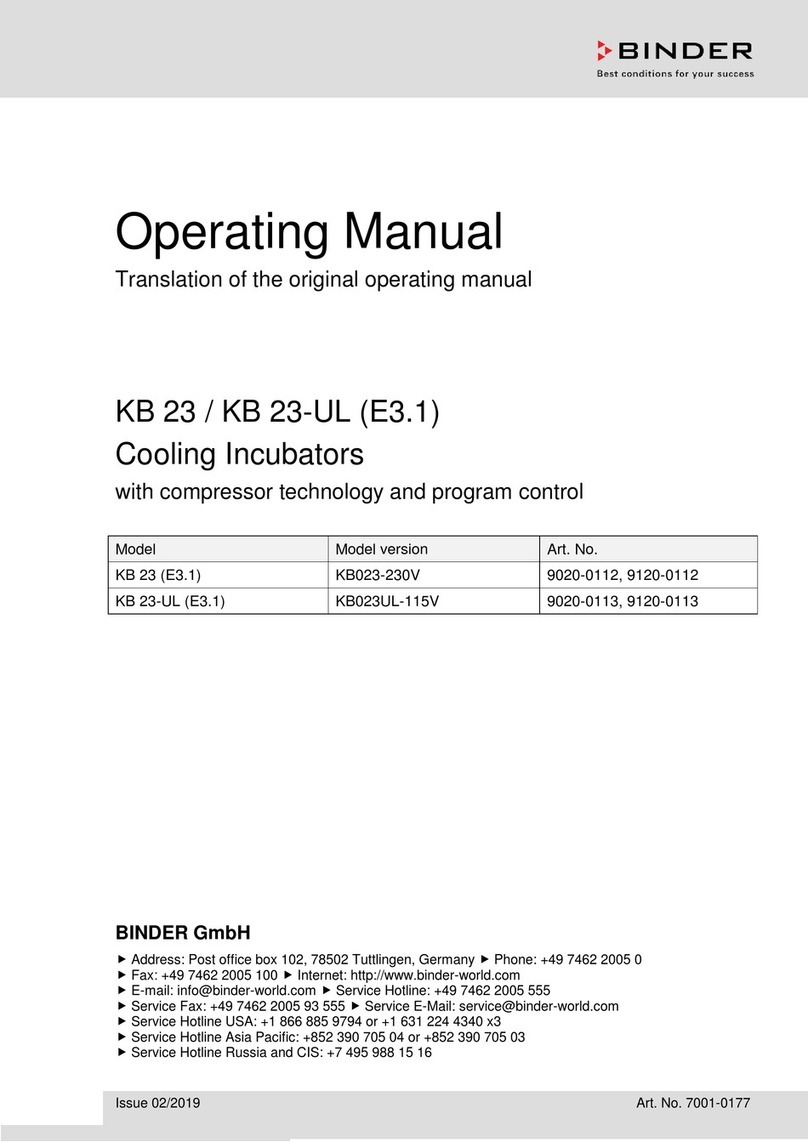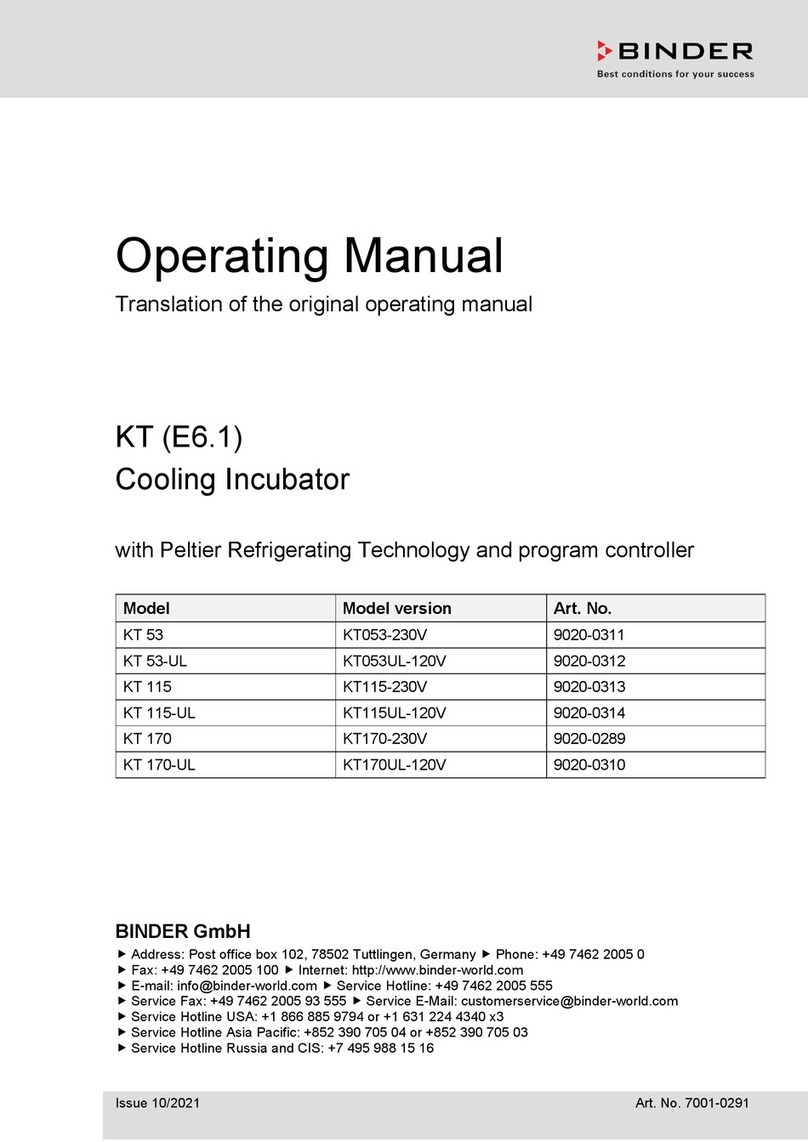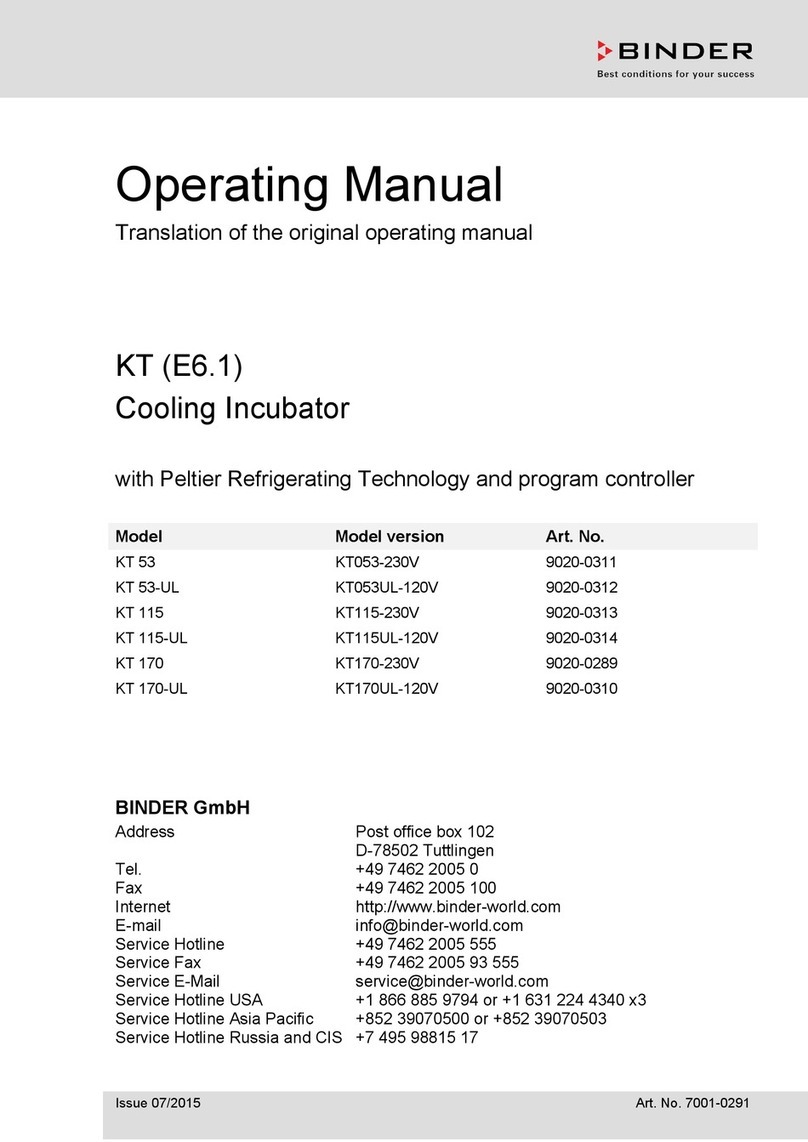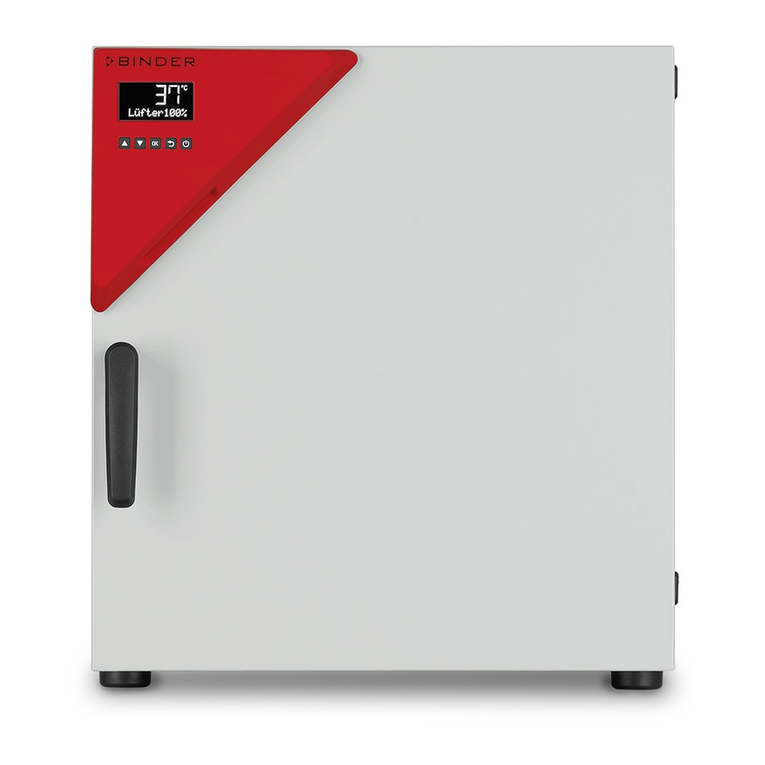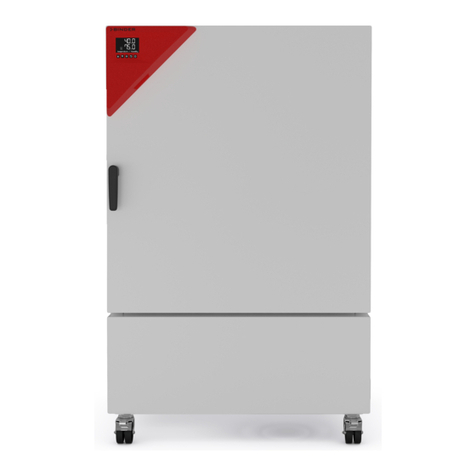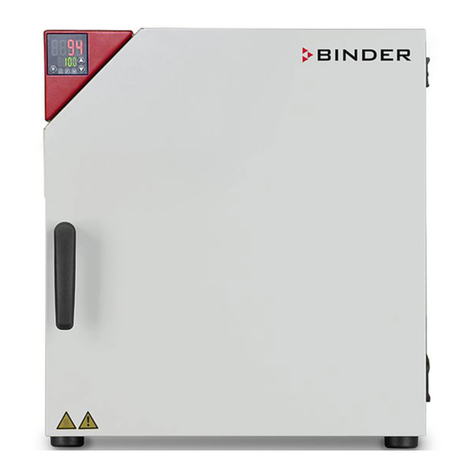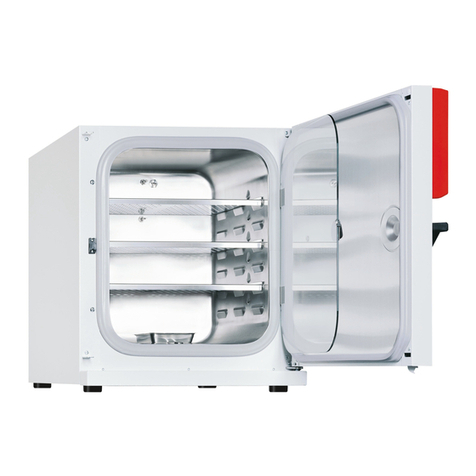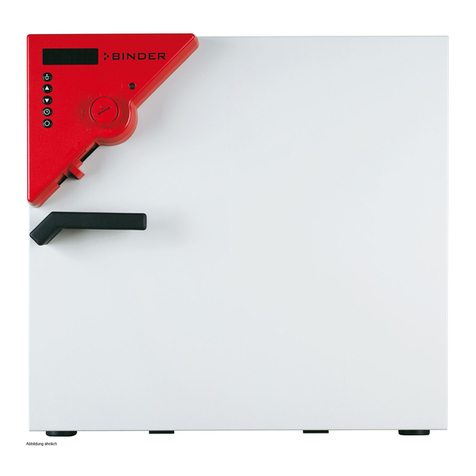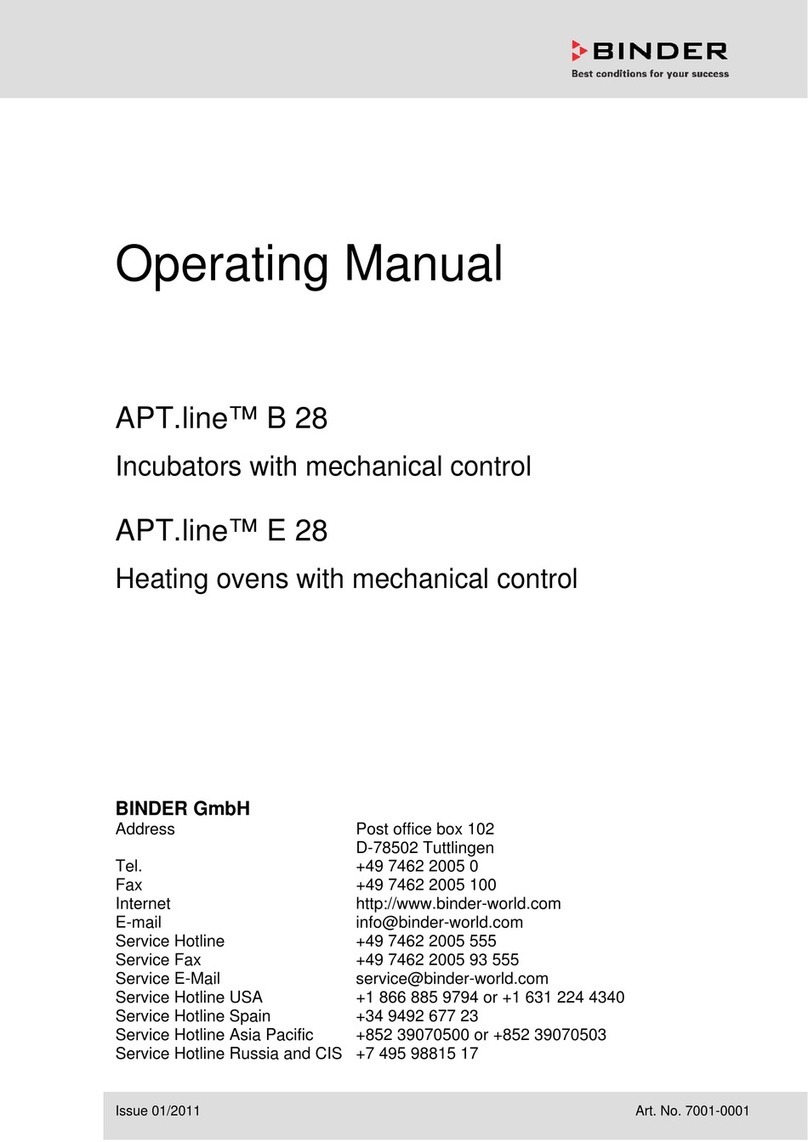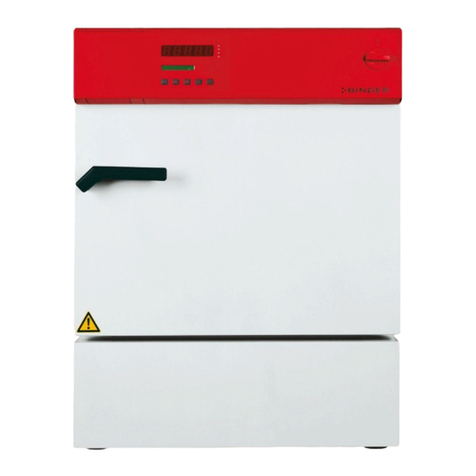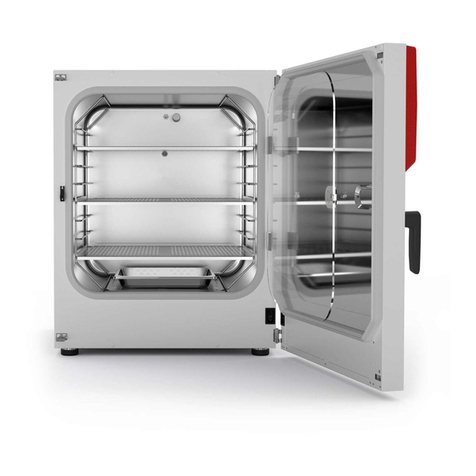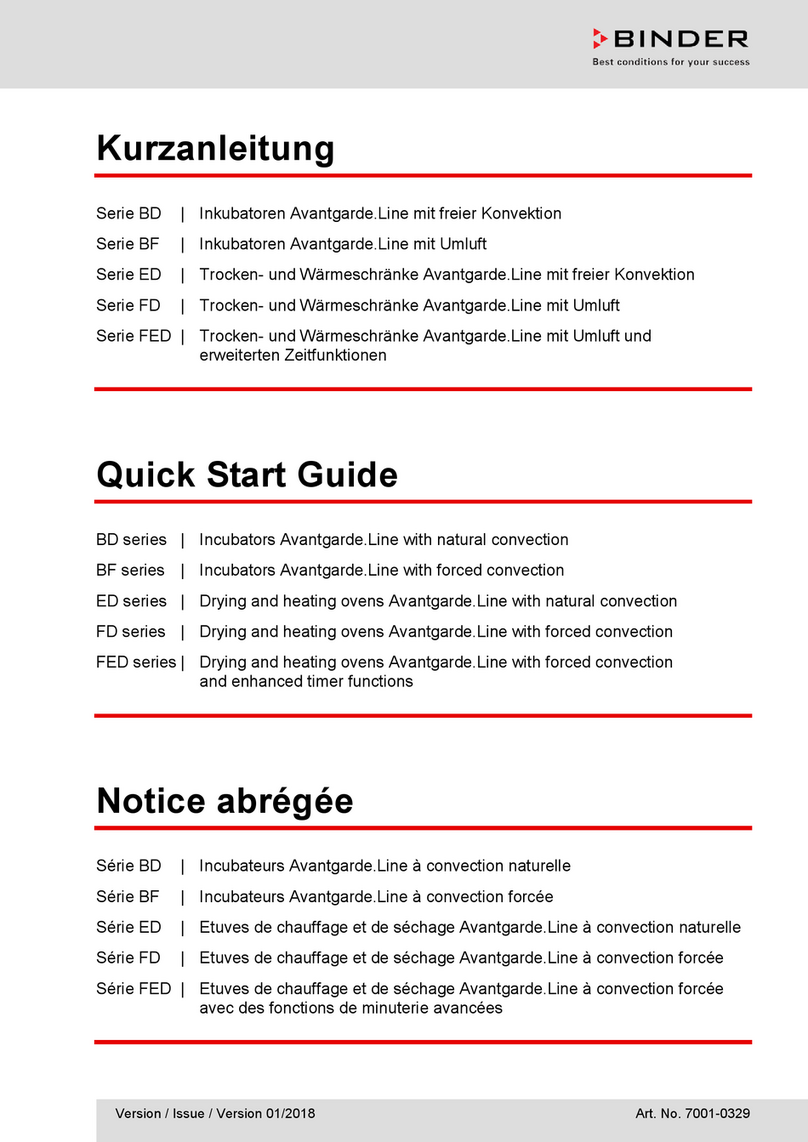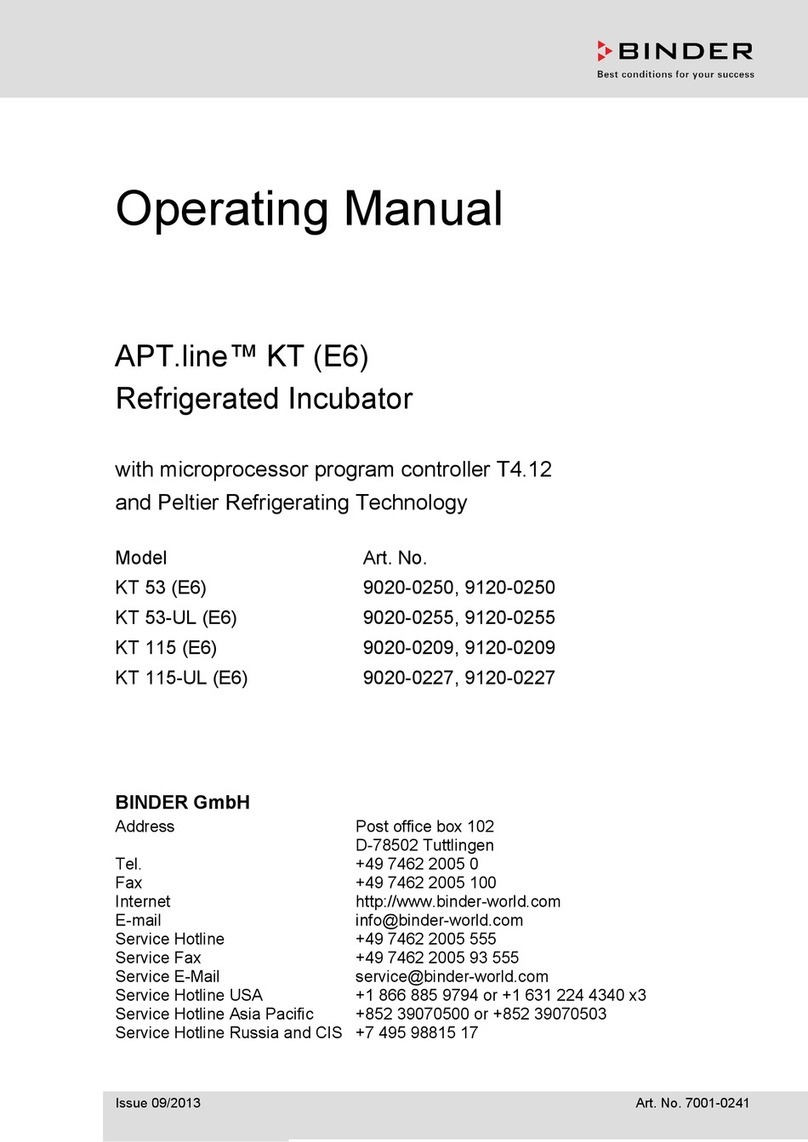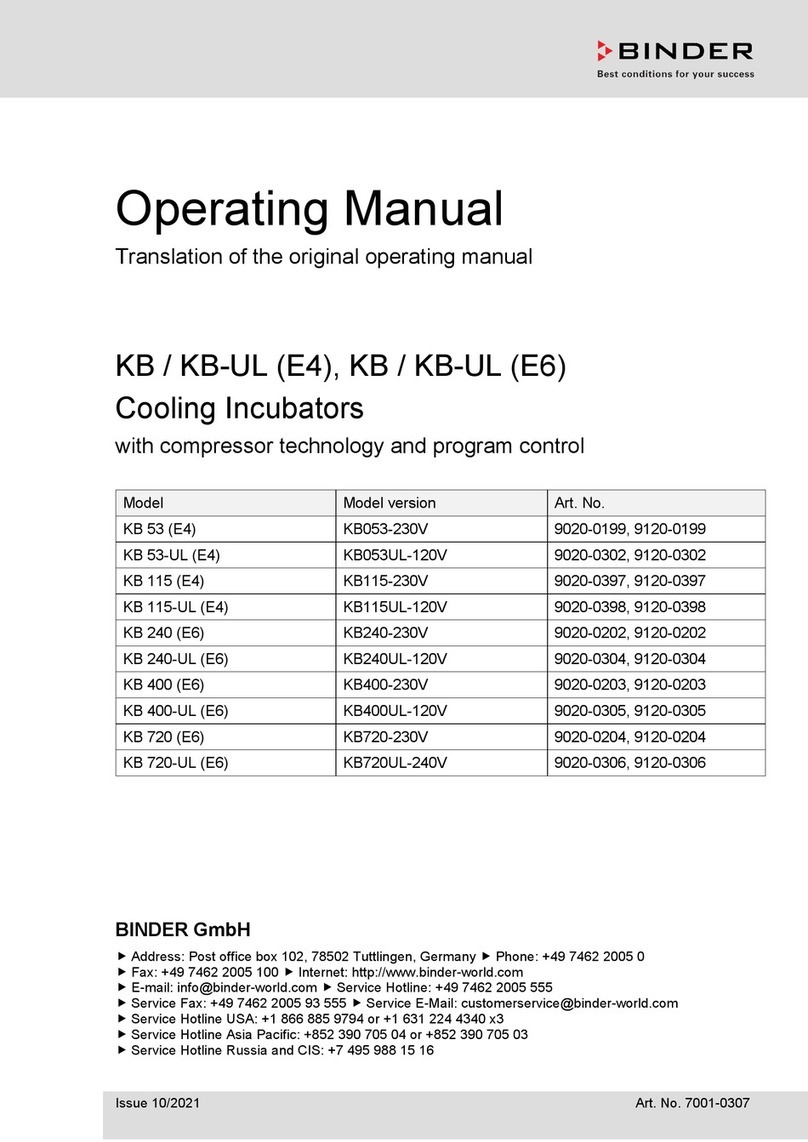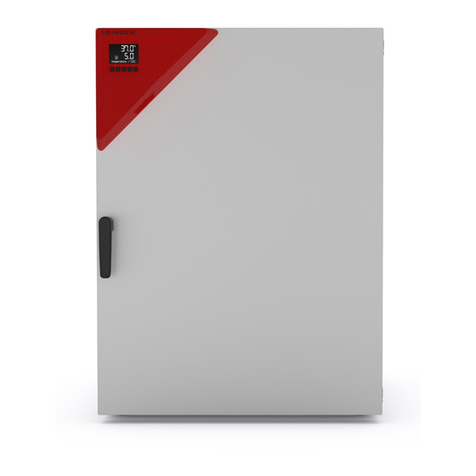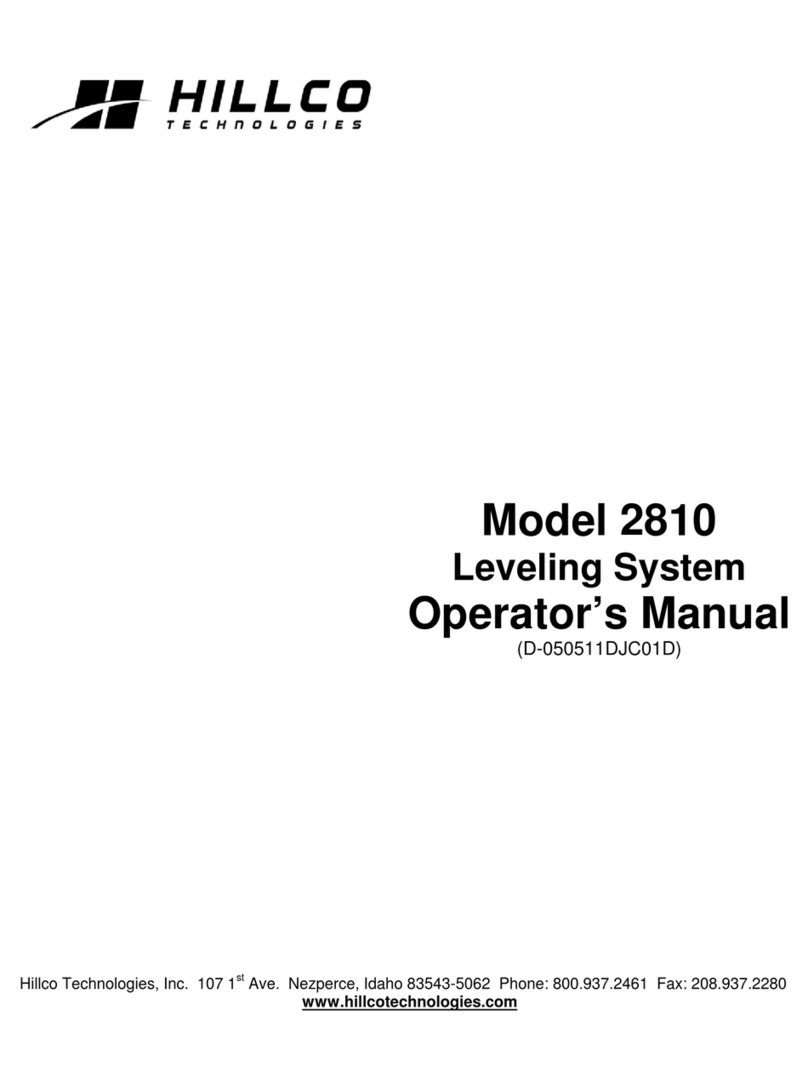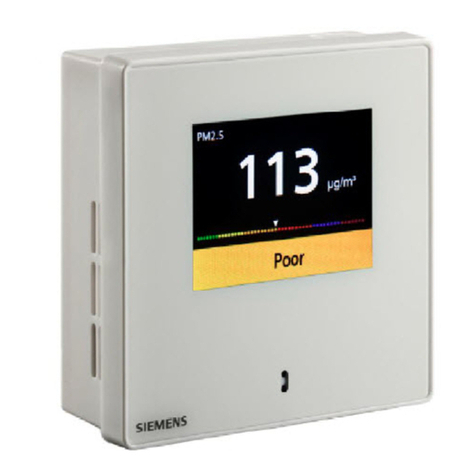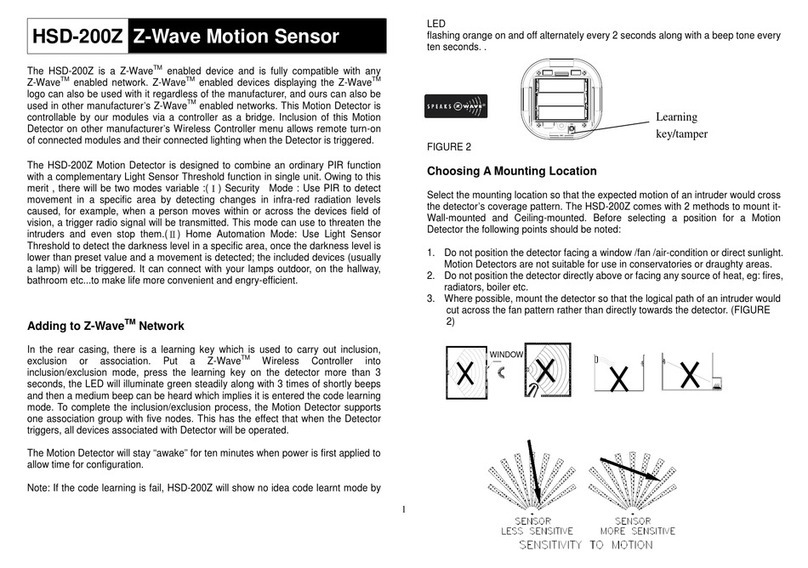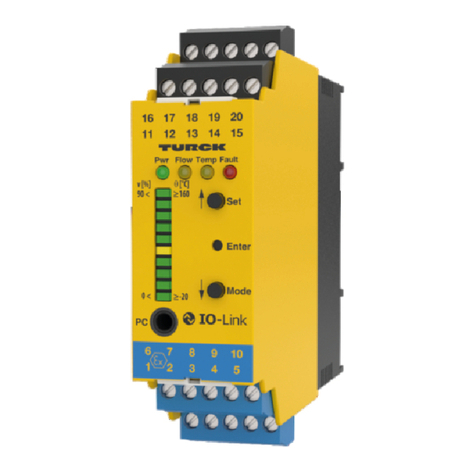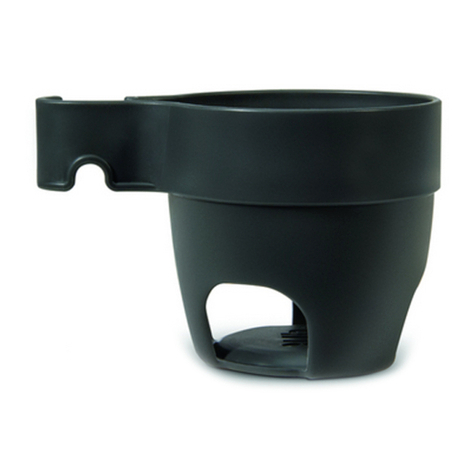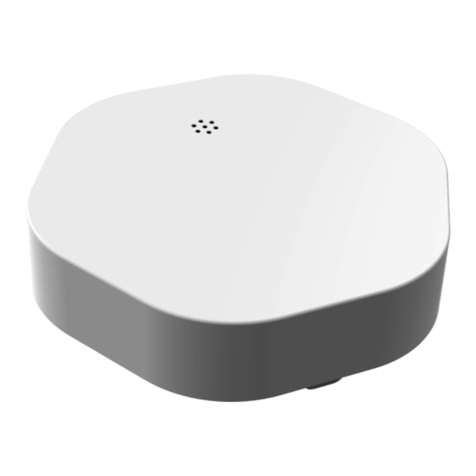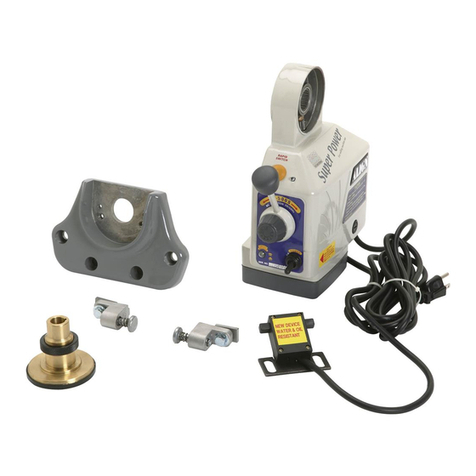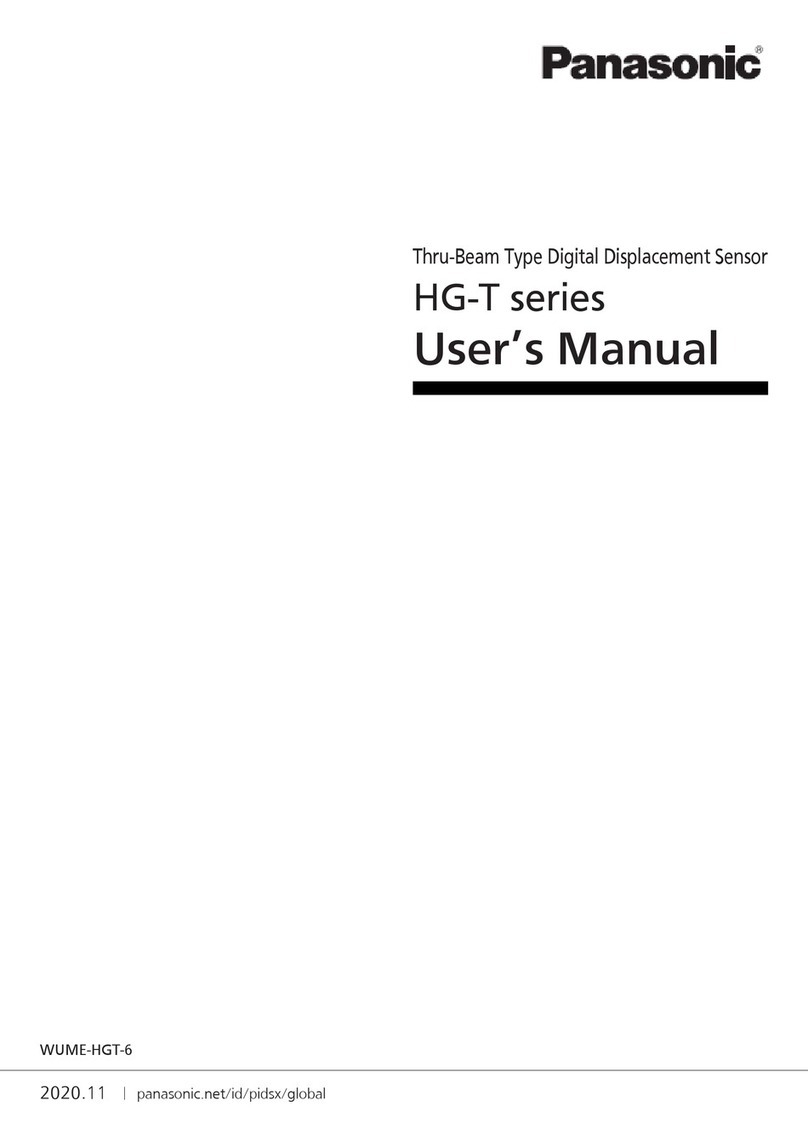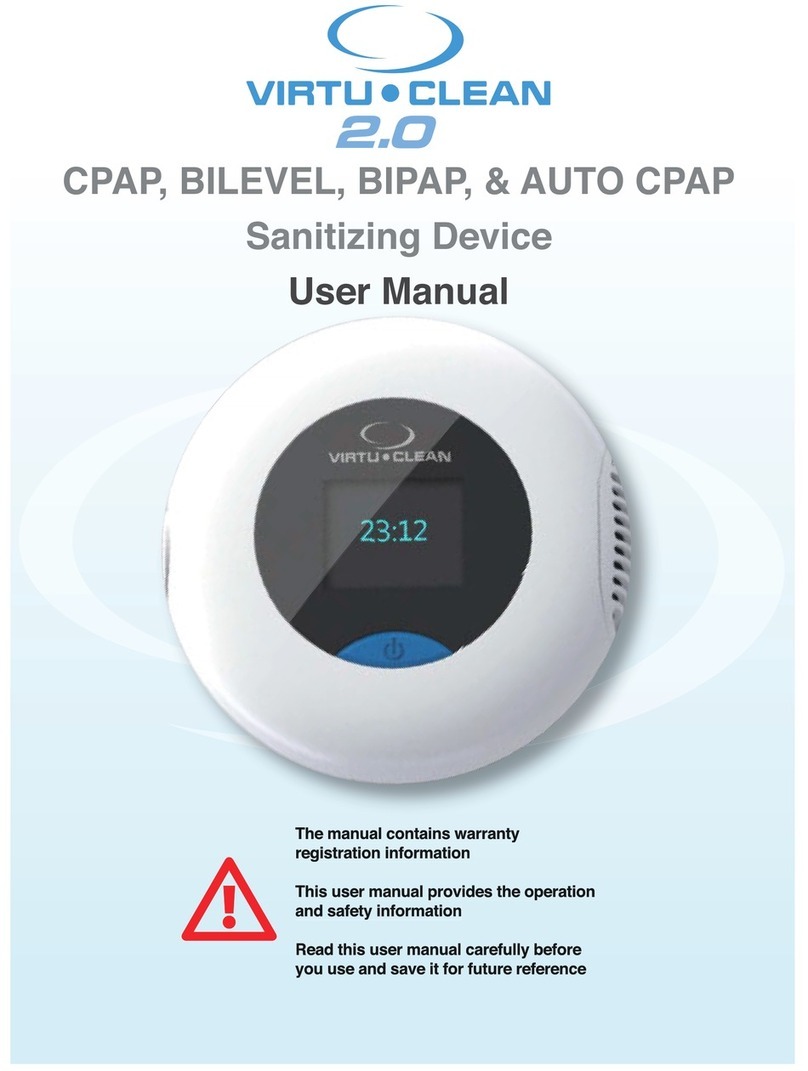
BD / ED / FD (E2) 01/2022 page 2/66
Content
1. SAFETY.................................................................................................................. 4
1.1 Personnel Qualification .......................................................................................................................4
1.2 Operating manual................................................................................................................................4
1.3 Legal considerations ...........................................................................................................................4
1.3.1 Intellectual property........................................................................................................................5
1.4 Structure of the safety instructions......................................................................................................5
1.4.1 Signal word panel ..........................................................................................................................5
1.4.2 Safety alert symbol ........................................................................................................................6
1.4.3 Pictograms .....................................................................................................................................6
1.4.4 Word message panel structure......................................................................................................7
1.5 Localization / position of safety labels on the chamber ......................................................................7
1.6 Type plate............................................................................................................................................8
1.7 General safety instructions on installing and operating the chambers ...............................................9
1.8 Intended use .....................................................................................................................................11
1.9 Foreseeable Misuse..........................................................................................................................12
1.10 Residual Risks ..................................................................................................................................13
1.11 Operating instructions .......................................................................................................................14
1.12 Measures to prevent accidents .........................................................................................................14
2. CHAMBER DESCRIPTION .................................................................................. 15
2.1 Chamber overview ............................................................................................................................16
3. COMPLETENESS OF DELIVERY, TRANSPORTATION, STORAGE, AND
INSTALLATION.................................................................................................... 16
3.1 Unpacking, and checking equipment and completeness of delivery ................................................16
3.2 Guidelines for safe lifting and transportation.....................................................................................17
3.3 Storage..............................................................................................................................................17
3.4 Location of installation and ambient conditions ................................................................................18
4. INSTALLATION OF THE EQUIPMENT ............................................................... 19
4.1 Electrical connection .........................................................................................................................19
4.2 Connection to a suction plant (optional)............................................................................................20
5. START UP ............................................................................................................ 21
5.1 Turning on the chamber ....................................................................................................................21
5.2 Heating operation display..................................................................................................................21
5.3 Air change .........................................................................................................................................21
6. OPERATING THE CONTROLLER....................................................................... 22
6.1 Display / entry of temperature set-point (without ramp function) ......................................................22
6.2 Display / entry of temperature set-point (with selected temperature ramp)......................................22
6.3 Time functions: Continuous operation and Timer operation .............................................................23
6.3.1 Switching between “Continuous operation” and “Timer operation” .............................................24
6.3.2 Continuous operation...................................................................................................................24
6.3.3 Timer operation: Setting the tempering time................................................................................25
6.4 User level settings.............................................................................................................................26
6.4.1 Temperature unit change between degrees Celsius °C and degrees Fahrenheit °F..................26
6.4.2 Entering a temperature ramp.......................................................................................................27
6.4.3 Chamber addressing....................................................................................................................27
6.5 General notes....................................................................................................................................28
7. TEMPERATURE SAFETY DEVICES................................................................... 29
7.1 Temperature safety device class 2 (DIN 12880) ED, FD..................................................................29
7.2 Temperature safety device class 3.1 (DIN 12880) BD (option for ED, FD) ......................................30
